The Growing Popularity of Wheat Straw Material Tableware
As sustainability becomes an increasingly important consideration for both consumers and manufacturers, Wheat Straw Material Tableware is emerging as a leading solution in the eco-friendly product market. Made from a natural byproduct of wheat farming, Wheat Straw Material Tableware offers a range of environmental benefits that set it apart from traditional plastic or ceramic alternatives. Whether you're looking to reduce your ecological footprint or simply choose more environmentally responsible products, Wheat Straw Material Tableware provides a sustainable option that doesn't compromise on functionality or style.
Renewable Resource: Harnessing the Power of Wheat Straw
One of the key advantages of Wheat Straw Material Tableware is that it is made from wheat straw, a renewable agricultural byproduct. Wheat straw is produced as a residue during the harvesting of wheat crops, and instead of being discarded or burned, it is repurposed into high-quality tableware. By using this readily available resource, Wheat Straw Material Tableware takes full advantage of a material that would otherwise go to waste.
Unlike traditional plastic, which is derived from fossil fuels, Wheat Straw Material Tableware is made from a natural and renewable source. This shift from petroleum-based plastics to a sustainable agricultural byproduct marks a significant step forward in reducing our reliance on non-renewable resources. As wheat is a widely grown crop, this means that the materials used for Wheat Straw Material Tableware are abundant and can be sourced in an environmentally responsible manner.
Biodegradable and Recyclable: Reducing Waste and Supporting a Circular Economy
Another significant environmental benefit of Wheat Straw Material Tableware is its biodegradability. Unlike traditional plastics, which can take hundreds of years to break down, Wheat Straw Material Tableware is designed to decompose more quickly and safely when exposed to natural elements. This means that once the products have reached the end of their life cycle, they will break down into harmless organic materials, reducing their impact on landfills and the environment.
In addition to being biodegradable, many forms of Wheat Straw Material Tableware are also recyclable. This means that rather than contributing to the growing global waste crisis, these products can be repurposed into new materials, supporting a more sustainable, circular economy. Recycled Wheat Straw Material Tableware can be transformed into new products, further extending the life of the material and minimizing waste. For consumers looking for products that support a zero-waste lifestyle, Wheat Straw Material Tableware offers a simple yet effective solution.
Reducing Carbon Emissions: A More Energy-Efficient Production Process
The environmental benefits of Wheat Straw Material Tableware are not just limited to the materials used in their creation but also extend to the production process itself. Compared to traditional plastic manufacturing, which requires significant amounts of energy and generates substantial carbon emissions, the process of creating Wheat Straw Material Tableware tends to be more energy-efficient and environmentally friendly.
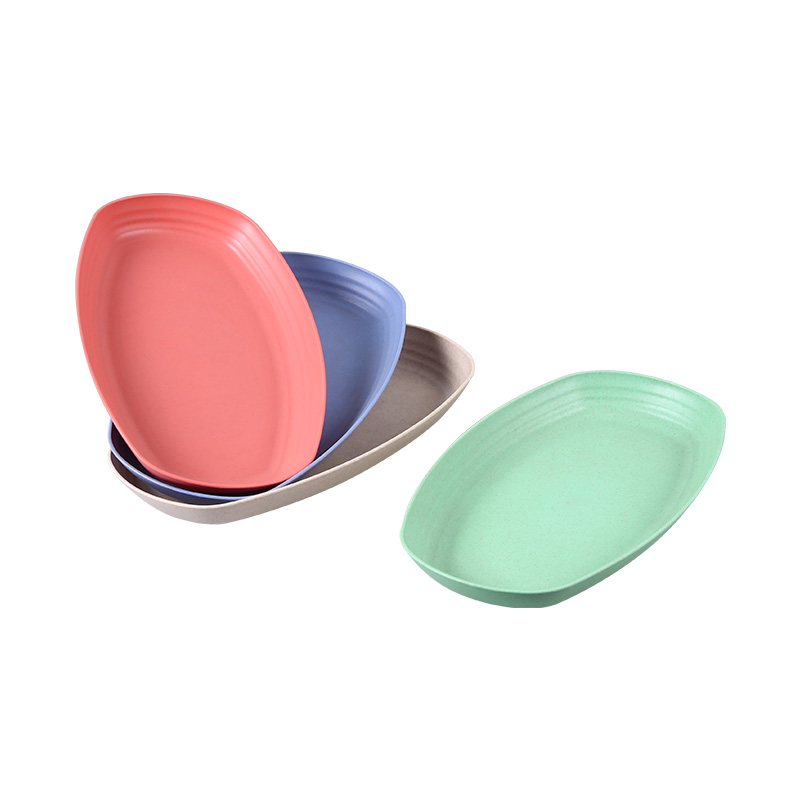
The production of Wheat Straw Material Tableware typically involves fewer steps and uses less energy than conventional plastic or ceramic tableware production. Additionally, because wheat straw is often sourced locally, the transportation emissions associated with sourcing raw materials are reduced. This contributes to a lower carbon footprint for the product as a whole.
By using an agricultural byproduct that requires less energy to process, Wheat Straw Material Tableware provides a more sustainable alternative that aligns with global efforts to reduce carbon emissions and mitigate climate change. Consumers can rest assured that by choosing Wheat Straw Material Tableware, they are supporting products that have a smaller environmental impact across the entire lifecycle.
A Green Choice for Conscious Consumers
As more people look to make sustainable choices in their daily lives, Wheat Straw Material Tableware offers an excellent way to reduce one's environmental footprint without sacrificing quality or convenience. Whether used for everyday dining, picnics, or special events, these products offer the perfect balance of practicality and eco-consciousness. With its renewable, biodegradable, and recyclable properties, Wheat Straw Material Tableware serves as a reminder that small, thoughtful changes in our purchasing habits can have a big impact on the planet.
Furthermore, as Wheat Straw Material Tableware becomes more popular, its production methods and overall efficiency continue to improve. Companies are increasingly investing in innovation to make the production process even more sustainable, further reducing environmental impact. From farmers to manufacturers to consumers, everyone involved in the lifecycle of Wheat Straw Material Tableware plays a role in building a more sustainable future.
Conclusion: Making Sustainability a Priority
The shift towards Wheat Straw Material Tableware represents a crucial step in the move towards more sustainable living. By choosing products made from renewable, biodegradable materials, consumers are contributing to the reduction of plastic waste, lowering carbon emissions, and supporting a circular economy. As environmental awareness grows, Wheat Straw Material Tableware will undoubtedly become an integral part of the conversation around sustainability in everyday life.
For anyone looking to make a positive environmental impact, Wheat Straw Material Tableware offers a simple yet effective solution. It's a choice that benefits the planet while still delivering high-quality, practical products for modern living.
Hot Products
-
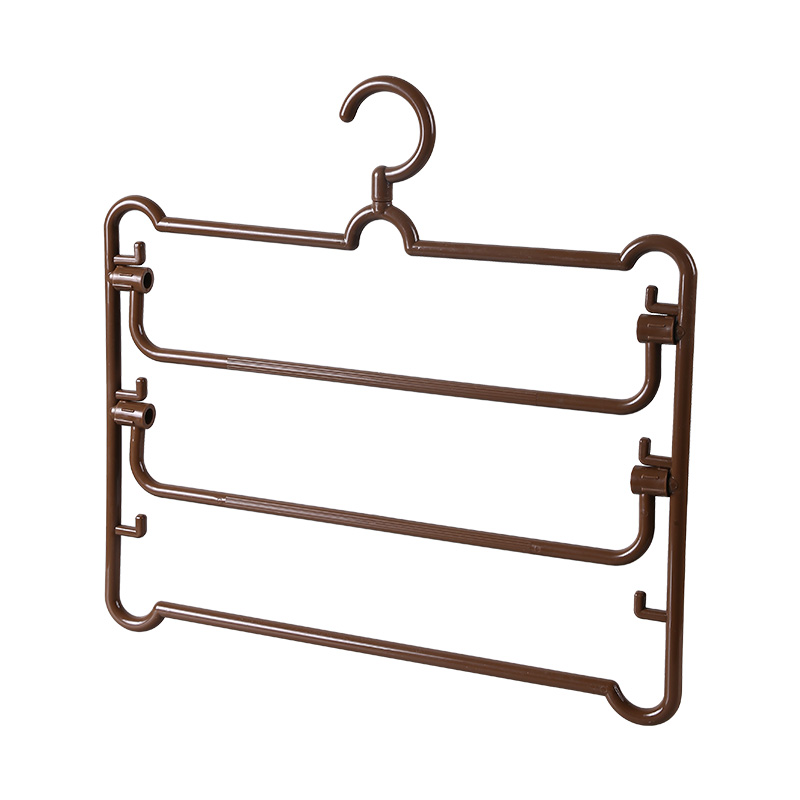
Plastic Pants Hanger (3 Bars)
-
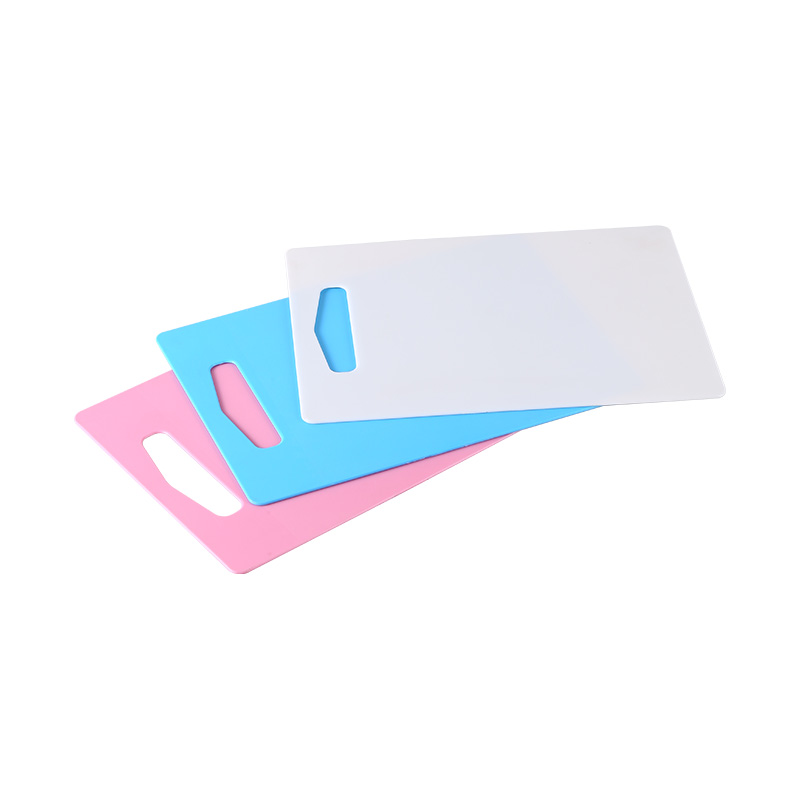
Plastic Chopping Board Food Cutting Block Mat Tool
-
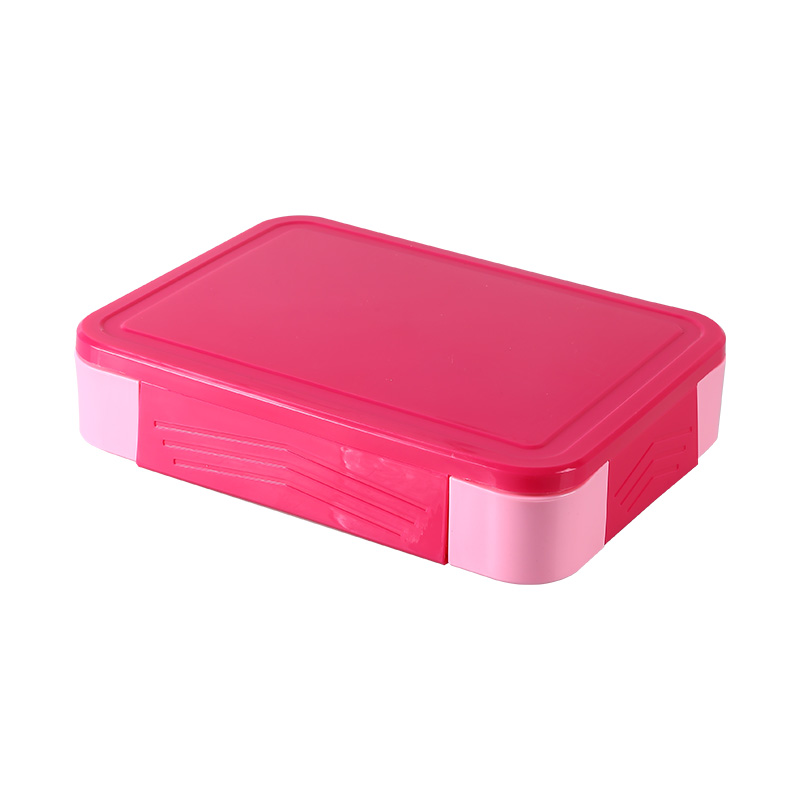
Food Storage Container For Adult Kids All-In-One Lunch Box
-
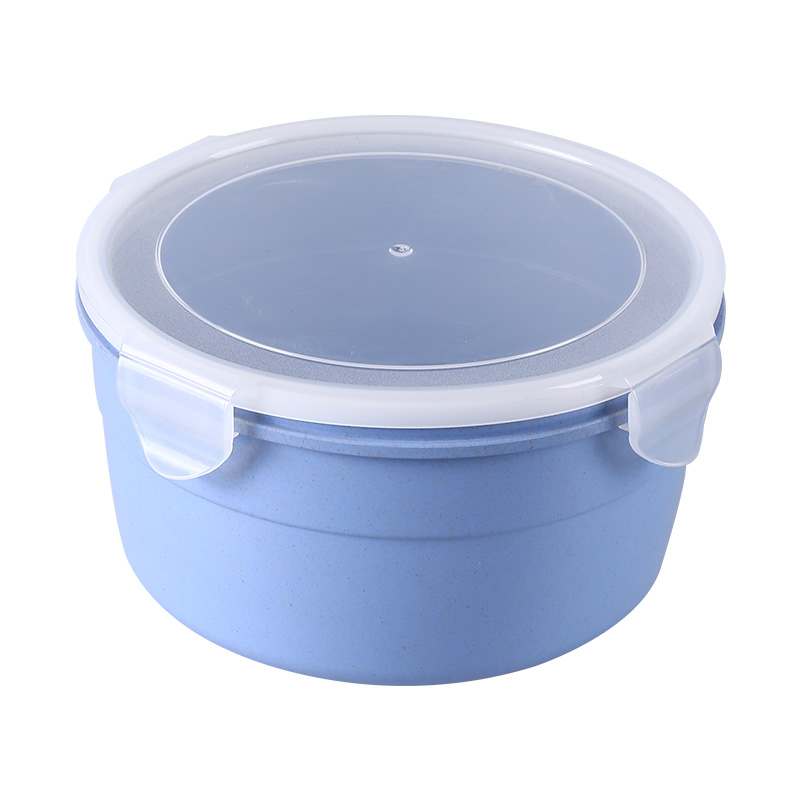
Mini Round Food Preservation Box
-
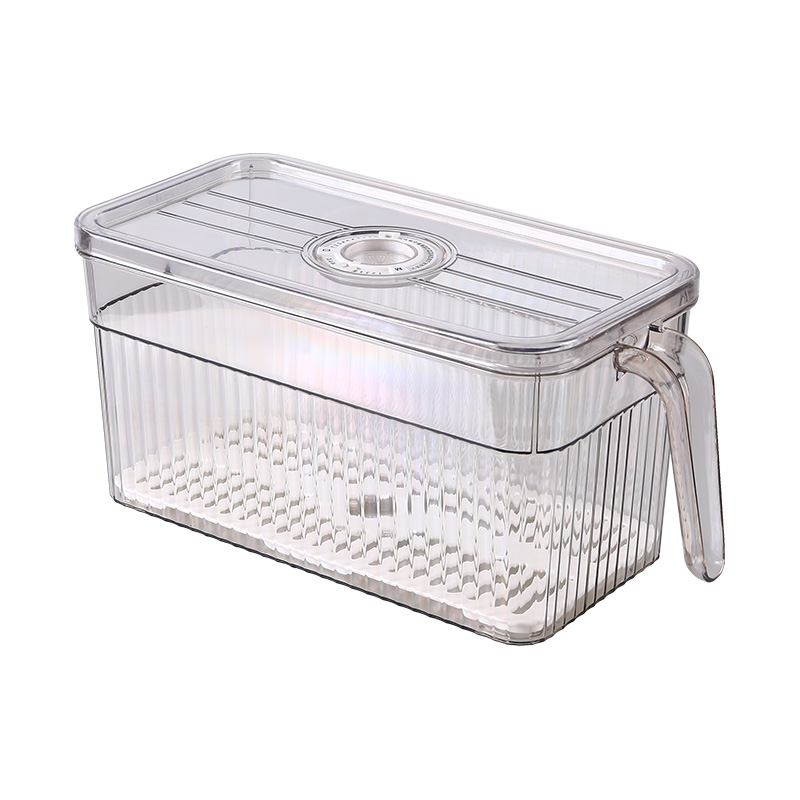
Refrigerator Storage Box Freezer Handle Storage Container
-

1pc Refrigerator Storage Box With Lid And Drain Basket Fruit Storage Containers Transparent Saver Container Food Organizer Bins
-
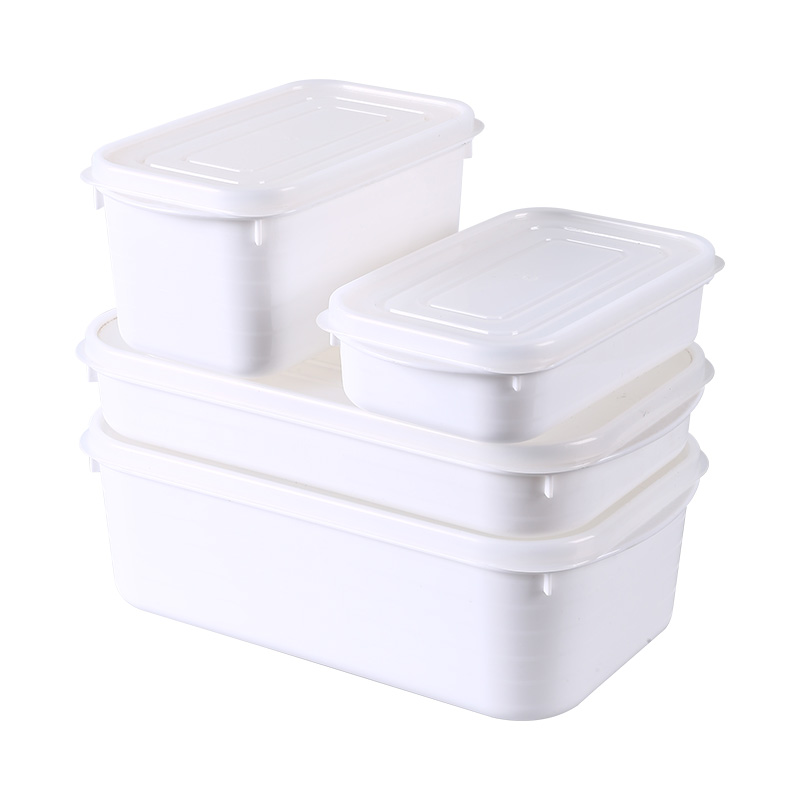
Food Storage Large Capacity Fresh-Keeping Eco Reusable Box Bento Food Leakproof Container
-
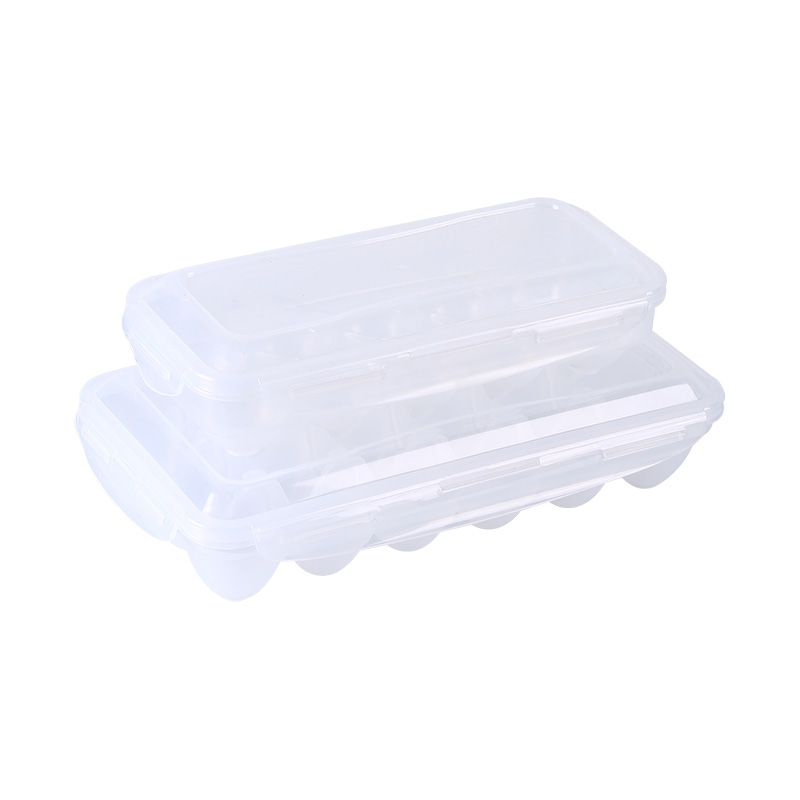
PP Plastic Egg Tray Storage Box
-
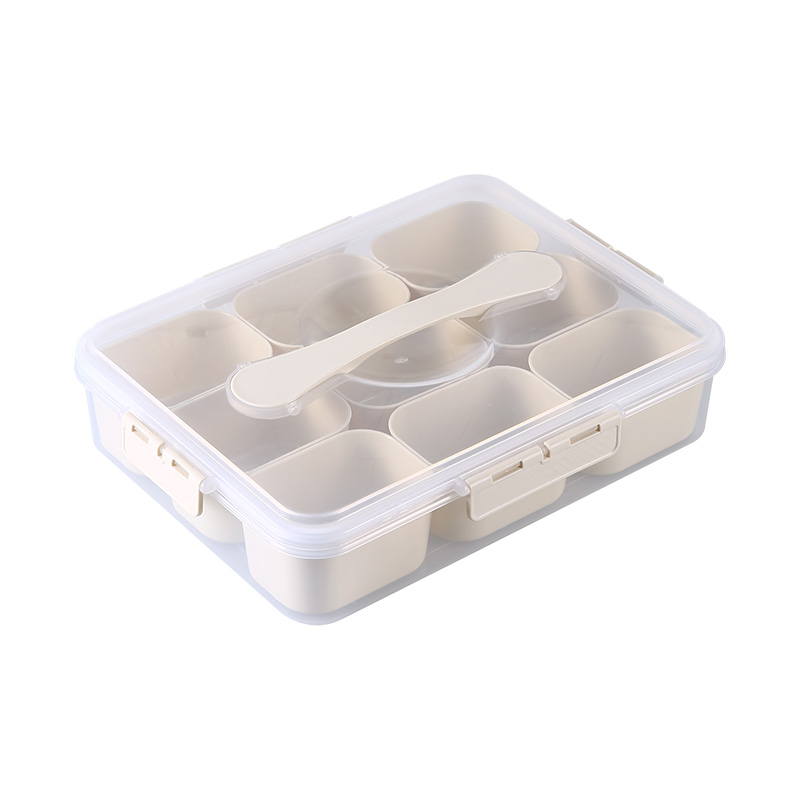
9 Compartment Divided Serving Tray With Lid And Handle Dried Fruit Storage Box
-
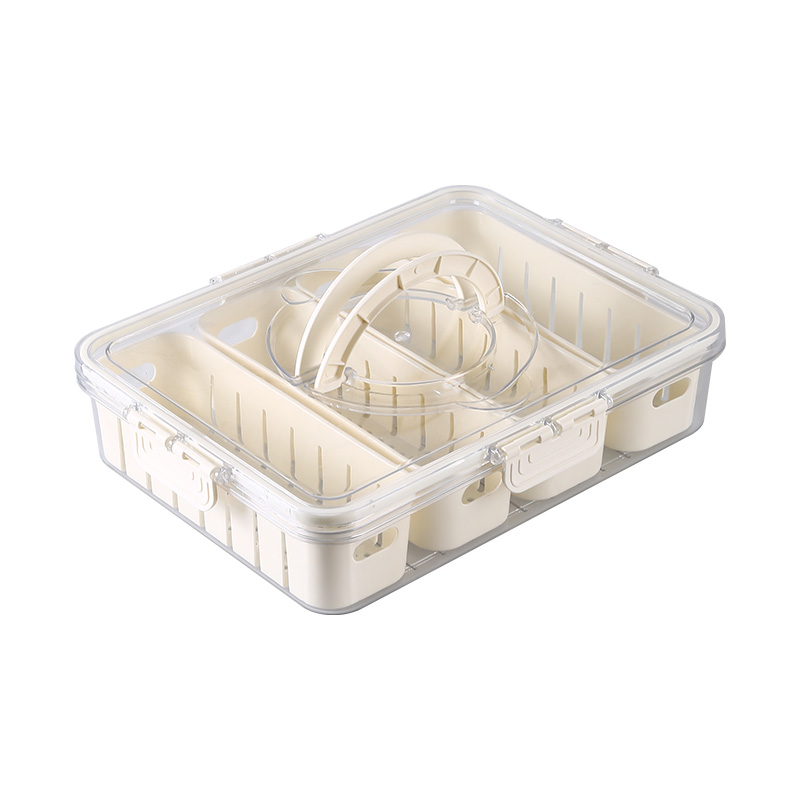
PP Material Handheld Fresh-Keeping Sealed Box Dry Food Classification Storage Box
-
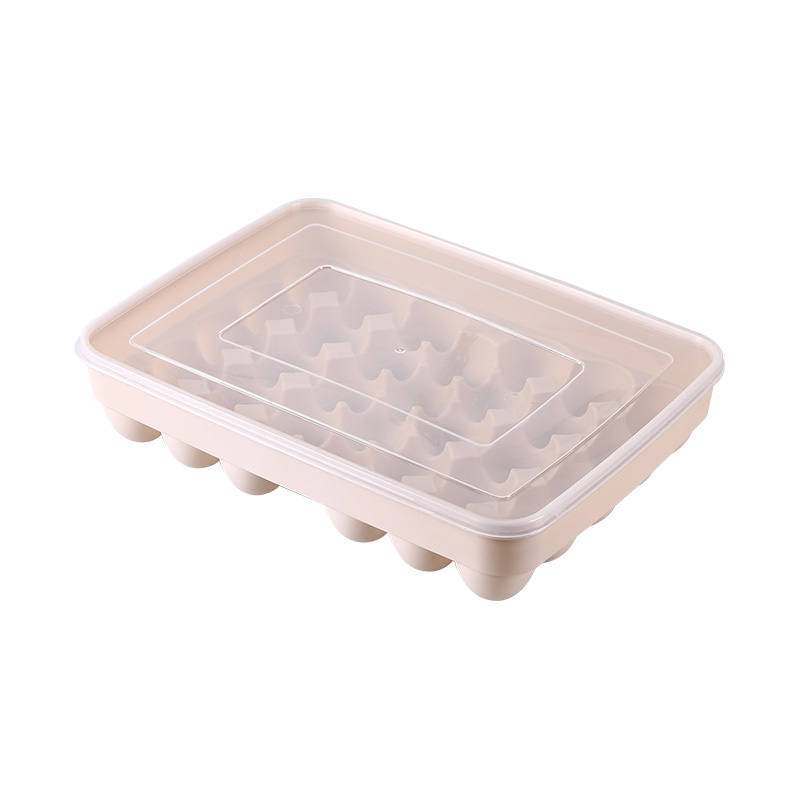
Refrigerator Storage Multi-Grid Egg Box Can Be Stacked With Cover To Food Preservation Box
-
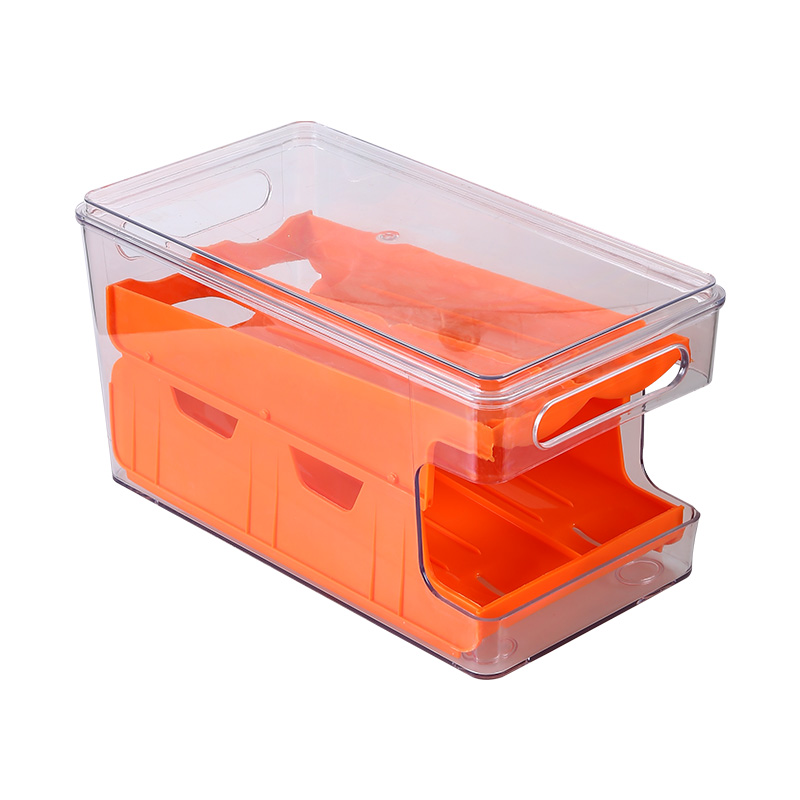
Dual-Layer Transparent Egg Storage Rack Eco-Friendly Slide-Type Household Kitchen
 English
English 中文简体
中文简体 Deutsch
Deutsch


